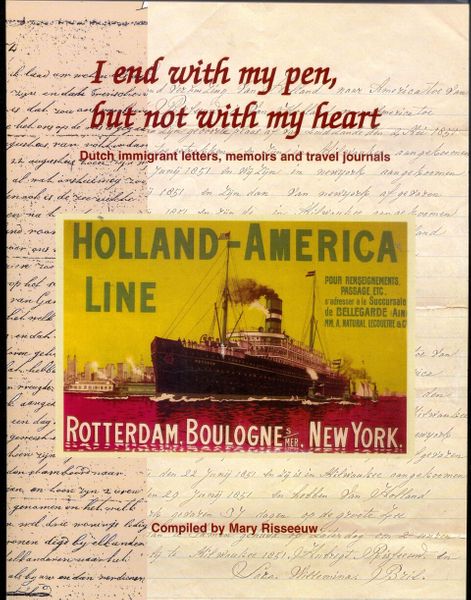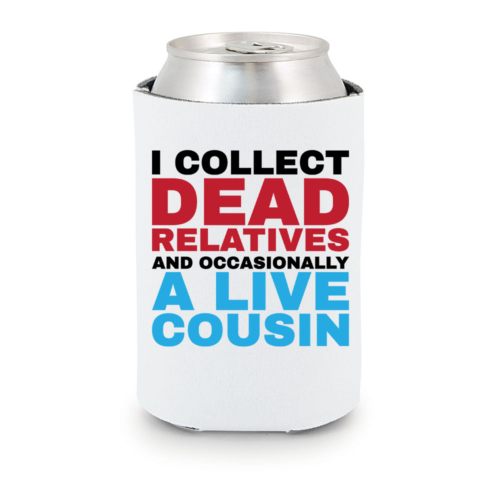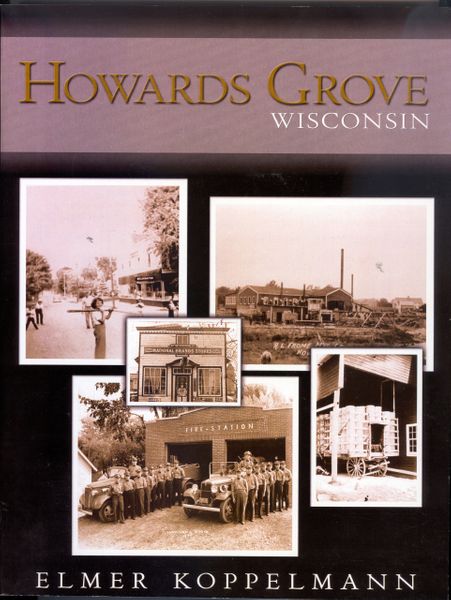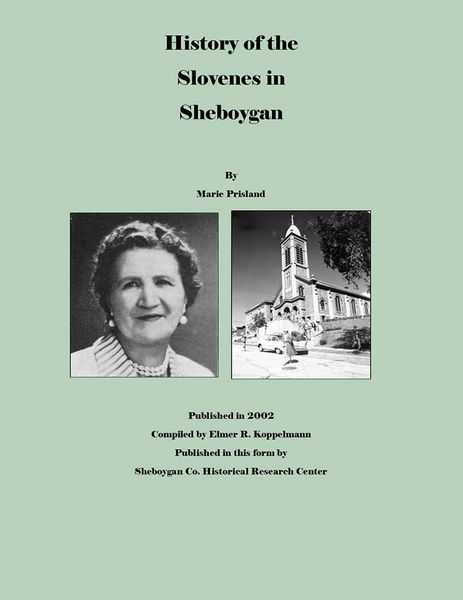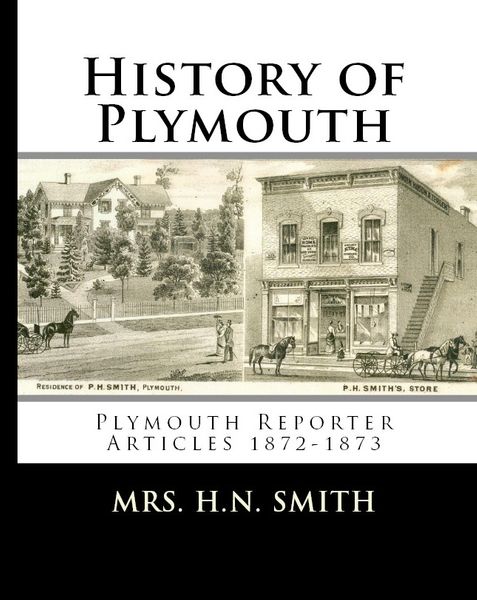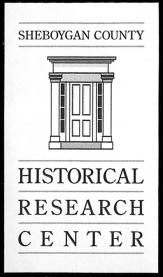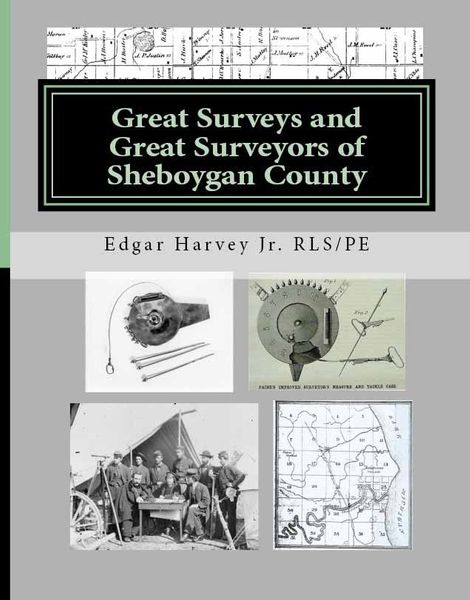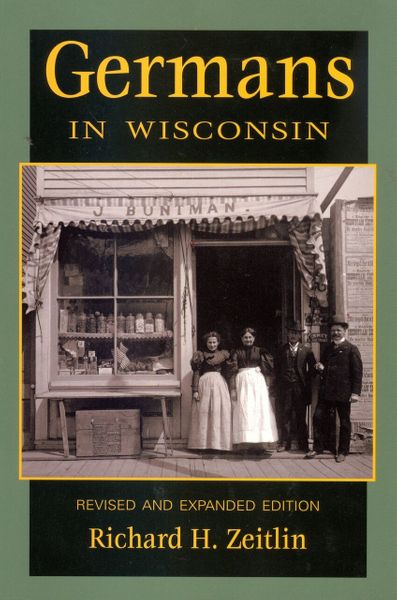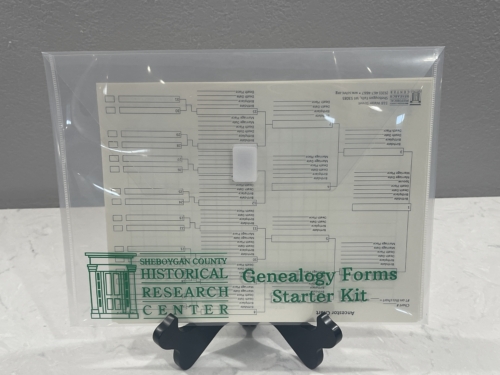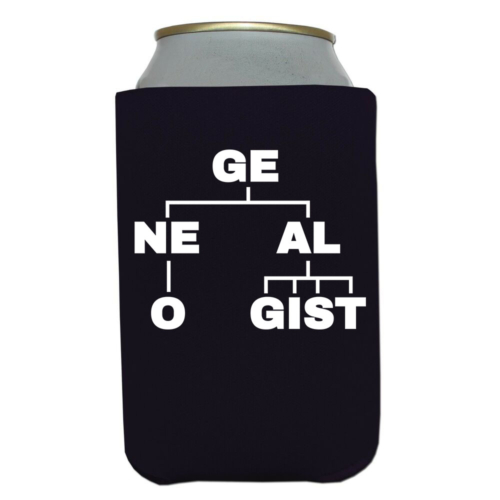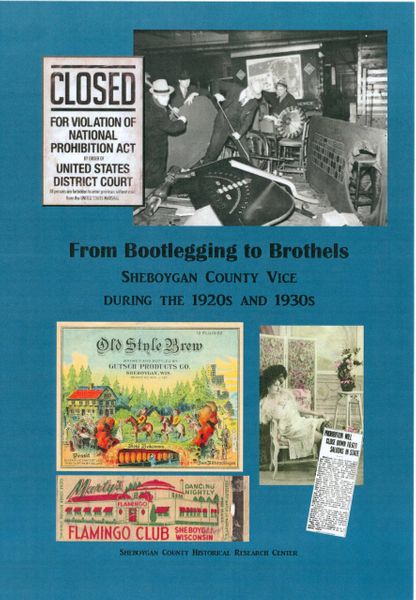By Mary Risseeuw
These letters, memoirs and travel journals span a hundred year period (1847-1959) and offer a fascinating view into the lives of the immigrants and their families. Some provide remarkable detail about their journey to America and their struggles to establish a new life. Others offer little beyond the basics: weather, health, crops, births and deaths. Most are grateful for the blessings of God and the fact that they are still ‘fresh and healthy’ (alive and well, in more modern terms!). The criterion for selecting the contents of this book was to present an overview of different settlements in Wisconsin and to provide a glimpse into the differences and similarities between the various immigration waves. There are vivid tales of crossing the Atlantic Ocean and personal glimpses into the Civil War, World War I and World War

